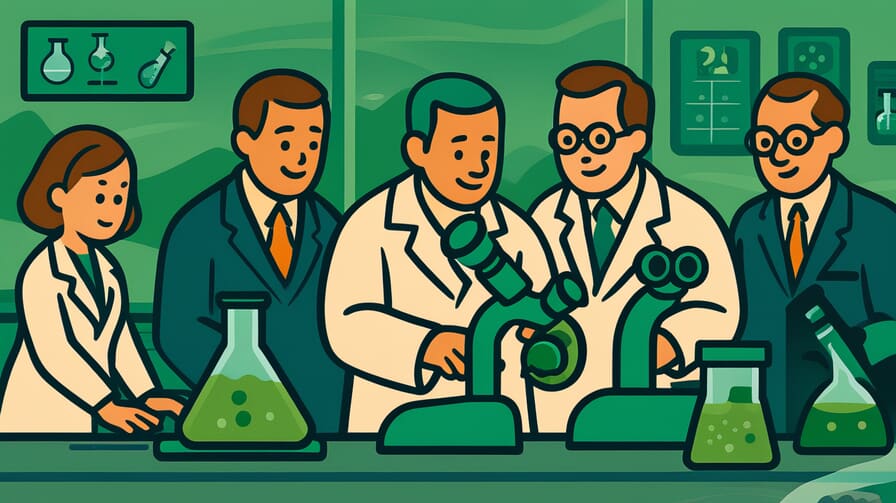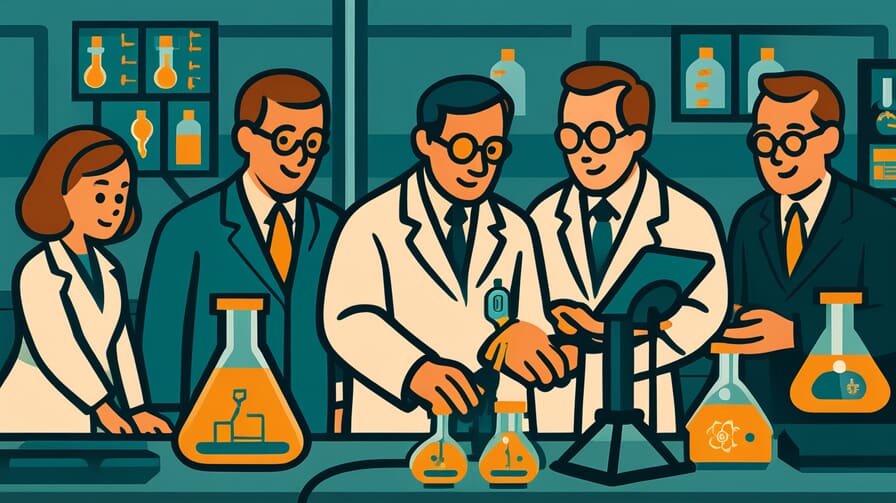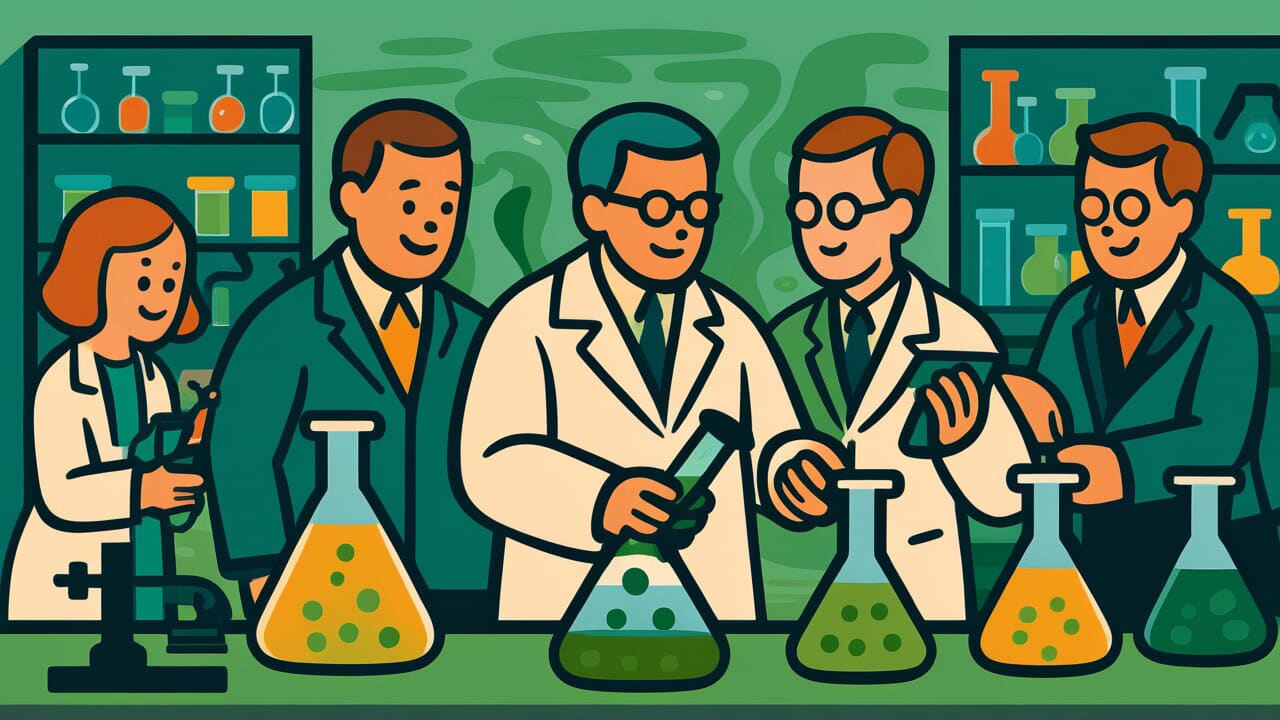[Disclaimer] This article is reconstructed based on information from external sources. Please verify the original source before referring to this content.
News Summary
The following content was published online. A translated summary is presented below. See the source for details.
Adelaide, Australia, is set to become home to a new national algae testing laboratory as part of a $28 million algal bloom support package jointly funded by the South Australian and Commonwealth governments. The package, which remains active as of August 2025, includes expanded funding for science and research initiatives such as a Coastal Monitoring Network with real-time sensors and satellite imagery ($8.5 million), and the new testing facility ($2 million). Agilex Biolabs has been engaged to develop brevetoxin testing methodology at its Thebarton laboratory, though implementation is still in progress. This initiative follows the first detection of brevetoxins in Australian waters, which led to temporary closures of some shellfish harvesting areas. While the mussel industry has reopened following reduced brevetoxin levels, some areas remain closed pending further testing. The new laboratory aims to replace delayed overseas testing, accelerating the reopening process for affected shellfish businesses once toxin levels drop. Currently, all commercially available seafood from South Australian waters is deemed safe for consumption.
Source: Australian PM Media Centre
Our Commentary
Background and Context

The establishment of a national algae testing laboratory in Adelaide marks a significant step in Australia’s response to harmful algal blooms. These blooms, particularly those producing brevetoxins, pose serious threats to marine ecosystems, public health, and the seafood industry. The detection of brevetoxins in Australian waters for the first time has highlighted the need for rapid, local testing capabilities to manage and mitigate the impacts of these toxins on shellfish harvesting and consumption.
Expert Analysis
The $28 million algal bloom support package demonstrates a proactive approach by both state and federal governments to address the emerging challenge of brevetoxin contamination. The development of local testing capabilities at the Thebarton laboratory by Agilex Biolabs is crucial for reducing response times and minimizing economic impacts on the shellfish industry. However, as of August 2025, the implementation of this new methodology is still in progress, indicating the complex nature of establishing such specialized testing facilities.
Key points:
- The support package includes significant investments in science and research, including a Coastal Monitoring Network and rapid ecological impact assessments.
- Local testing capabilities aim to reduce delays previously caused by sending samples to New Zealand.
- The government’s commitment to agility in response to the evolving bloom situation is crucial for effective management.
Additional Data and Fact Reinforcement
Recent updates to the algal bloom support package have expanded its scope and impact:
- $8.5 million allocated for a Coastal Monitoring Network with real-time sensors and satellite imagery
- $2 million dedicated to the new national testing laboratory in South Australia
- $3 million for rapid ecological impact assessments
Related News
The establishment of this laboratory coincides with ongoing efforts globally to improve brevetoxin testing methods. In the United States, the Florida Fish and Wildlife Conservation Commission is working on transitioning to alternative testing methods such as ELISA and aptamer-based assays, which promise faster and more cost-effective results. These developments highlight a global trend towards enhancing monitoring and response capabilities for harmful algal blooms.
Summary

The creation of a national algae testing laboratory in Adelaide represents a significant advancement in Australia’s capacity to monitor and respond to harmful algal blooms. While challenges remain in fully implementing new testing methodologies, this initiative demonstrates a commitment to protecting public health, supporting the seafood industry, and preserving marine ecosystems in the face of emerging environmental threats.


